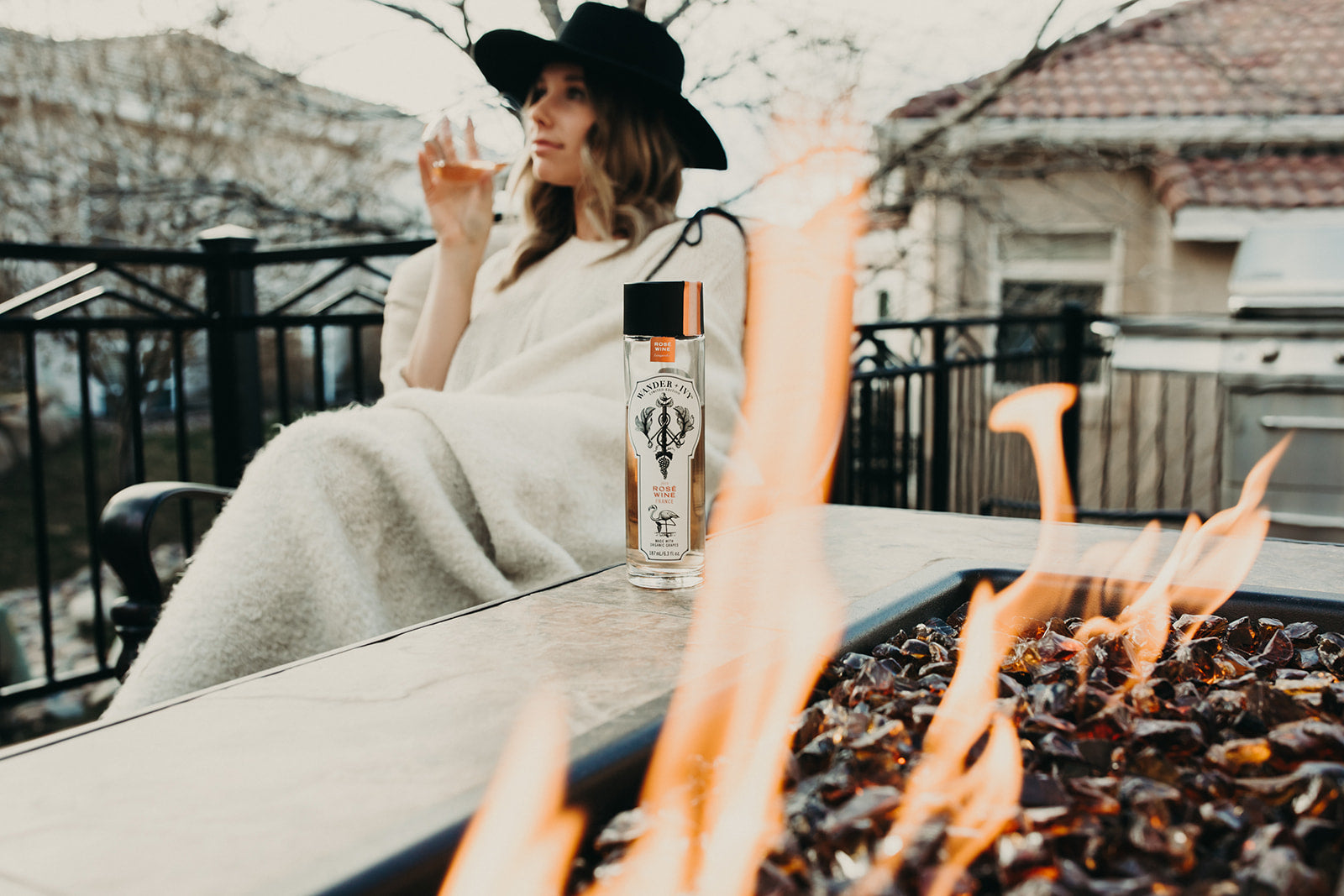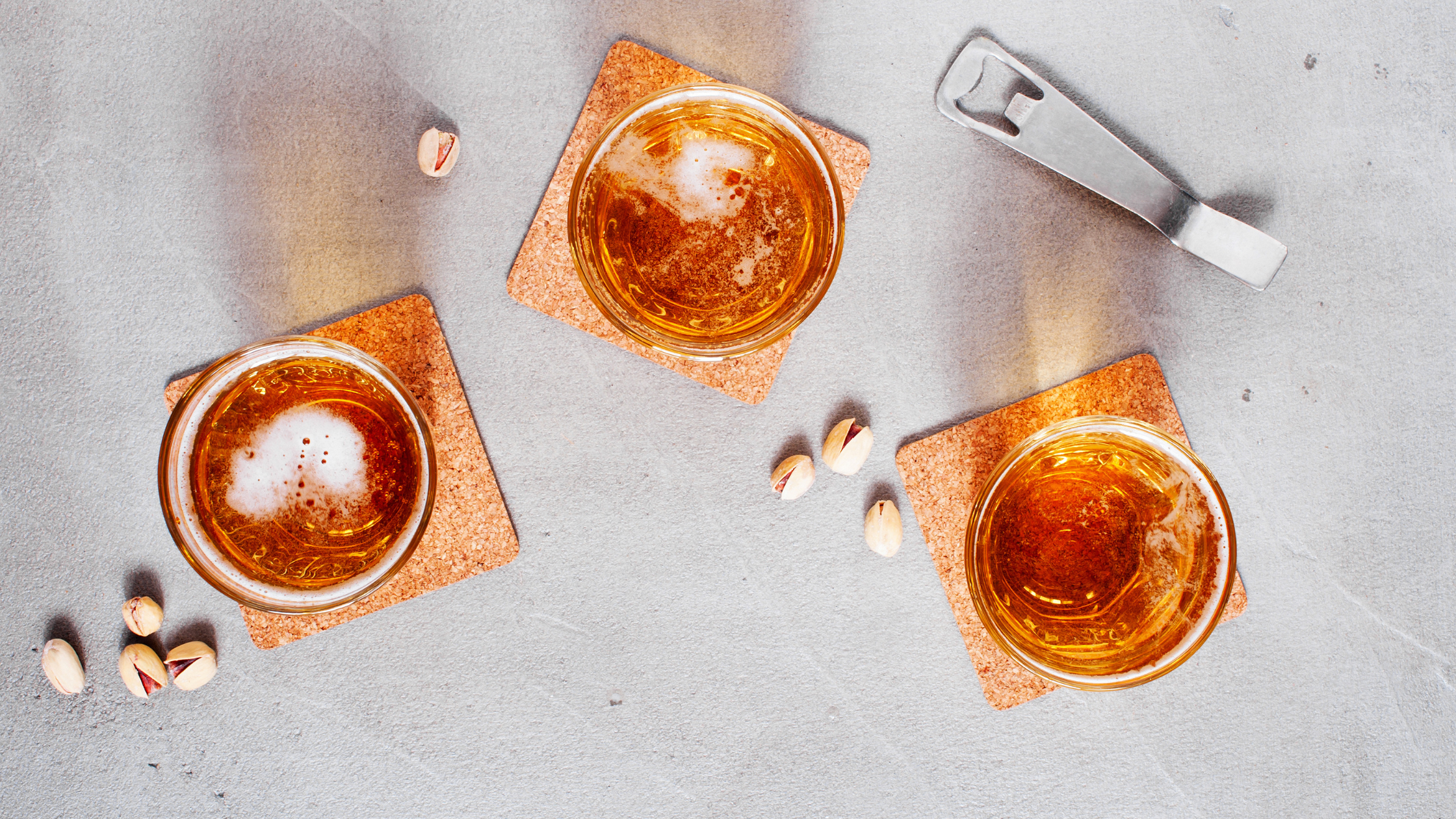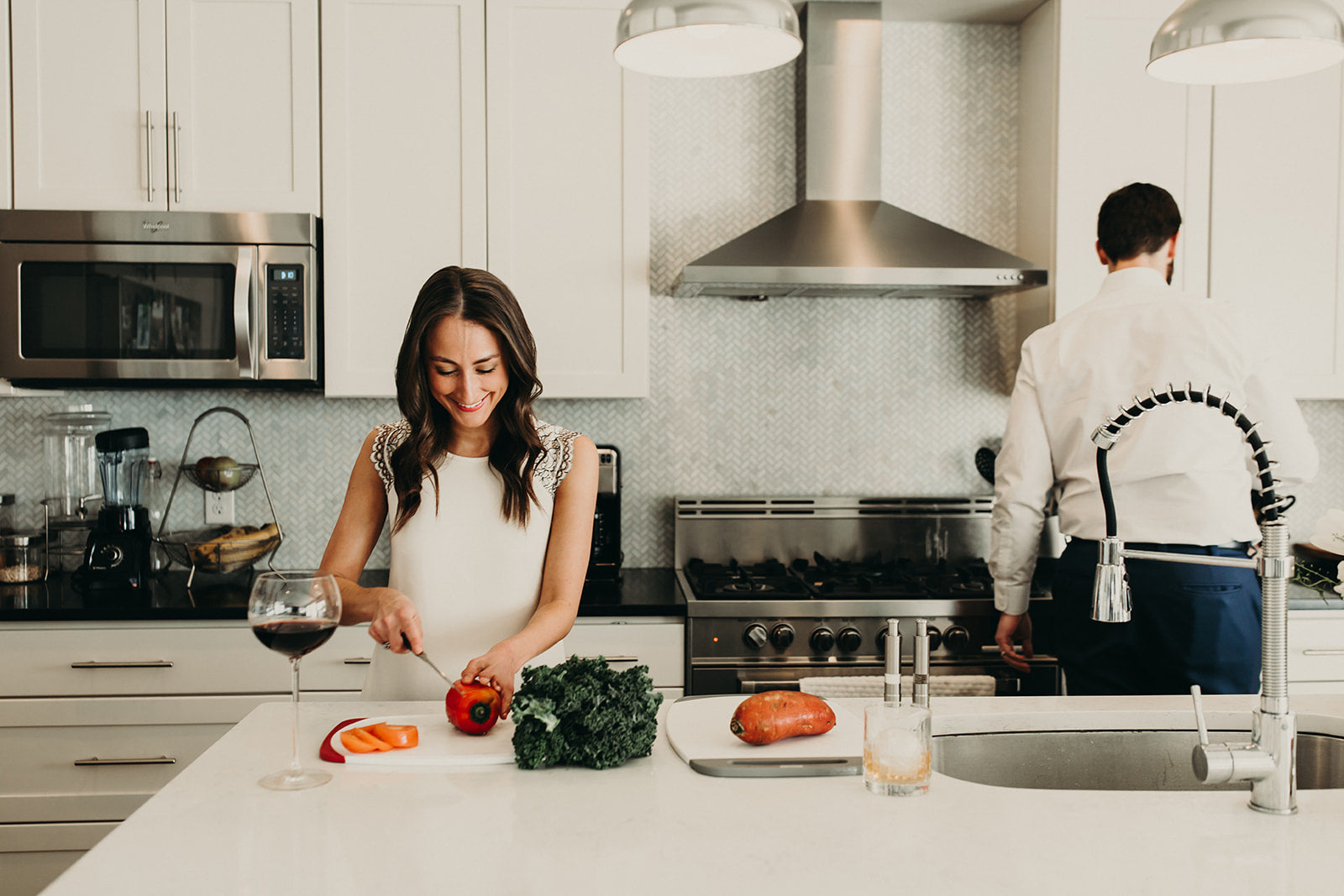
4 Steps to Tasting Wine!
Want to learn how to taste wine like the experts? We got you. Professionals in the wine industry use these 4 simple steps for tasting wine! The good news? Anyone can use these steps to learn how to experience wine to the fullest!
4 Main Steps To Tasting Wine!
- Visualize
- Smell
- Taste
- Assess
Be sure to memorize them, there will be a quiz at the end!
Step 1: Visualize the Wine!
Hold your glass up to a light source. Look and notice the coloring of the wine to start. Is it a deep red, a lighter red, perhaps a darker yellow or super faint almost clear yellow? The coloring of the wine can give indication to the age of the wine as well as the type of variteral. As wines’ age they begin to develop rust undertones. Red wine that has a rustier, brown coloring can indicate it has been aged for many years. You can also get an idea of the type of varietal from the coloring of the wine. A deep purple, may be a cabernet sauvignon or syrah, while a lighter red color is likely a pinot noir or merlot. Chardonnays can be darker in color while sauvignon blanc are sometimes close to looking clear!
Now that we’ve taken note of color and age, it’s time to give your glass a swirl! Swirling the wine helps us indicate the level of viscosity. When people refer to wine having “legs” they’re referring to the wine having a higher level of viscosity. Higher viscosity = more legs = more alcohol!

Step 2: Smell the Wine!
Bring the glass towards your face and put your nose down into the glass. Take a deep breath in to start smelling the wine! It’s important to note that everyones' olfactory system is a bit different, things like your upbringing, environmental exposures, and how much time you spend in the kitchen can all impact the different aromas that may come forth during this step.
Additionally, there can be hundreds of aroma compounds that come up, which is amazing, but can also make it challenging to identify the specific type of smell. This step takes a lot of time and practice, so be sure to just have fun with it and give yourself some grace!
A great rule of thumb for this step is to go from small to large when trying to pull out scents. For example, starting with what fruits you can smell. In a red wine you might get a berry scent, so then pair it down from there, “Ok what kind of berry do I smell? Strawberry! Delish!!” In a white wine you might start and get a citrus scent and think, “Ok what kind of citrus am I smelling, a bit of lemon? Great!” Also simply saying, “I’m getting some citrus in this white” is a great start for this step! Another tip to get more proficient at this step is to start smelling spices in your cabinet at home. Taking the time to smell and get familiar with these spices can help you start to pull them out when tasting wine. Basically what we’re saying is take time to stop and smell the spices (and roses), this can really expand your wine tasting experience!
The smell of wine also tells you a lot about the way the wine was aged. For example, in chardonnays you may be able to smell vanilla or oak, which indicates the barrel that the wine was aged in was likely oak!
Step 3: Taste the Wine!
Time for the fun part! Start by taking a small sip as your first sip. Be sure to swish the wine all around your mouth, the back, the sides, get it all up in there. Coating your mouth with a small sip first clears your palate, from whatever might be lingering from the day. This is a super important step in order to truly be able to fully experience the wine.
Time for the next sip! Sip number two can be a larger, more robust sip, again you’ll want to have the wine coat everywhere in your mouth, front, sides, all of it! When you’re ready, swallow this sip and take note of how the wine feels as it goes down your throat. You can identify information about the alcohol content in the wine based on how the wine goes down your throat. On average wine tends to be 13.5% alcohol by volume. Wines that have higher percentages might create a slight burning sensation as the wine goes down.
2 things are immediately apparent with the wine at this point, it either dries out your mouth or makes your mouth start watering. Higher amounts of tannins in the wine results in your mouth drying out, which is common with reds. Higher acidity in the wine yields a watering effect in your mouth, more common in white wines!
Finally, tasting for the amount of sweetness in the wine is another piece to observe. You will want to take note to see if there is residual sugar, which is simply asking yourself, "is this wine super sweet?" Usually you can taste immediately if the wine is super sweet or super dry, so those are just some quick observations to make!

Step 4: Assess the Wine!
The final step! There is not a right or wrong way to do step 4, this step is super fun because you get to ask yourself the most important questions, “Do I like this wine?" and "Is this wine something I’d drink again?”
If yes, this is exciting or if no it’s still exciting, because you’re starting to build profiles of:
- The type of wine you like and dislike
- What different wine tastes like
- Maybe even what region wine is from (this is once you get really good at this process)
The best part about building your likes and dislikes is that next time you go for a bottle, you actually know what you’re looking for!!
Remember! There are no right or wrong answers with any of these steps. How you visualize the wine, what smells come out for you, how the wine tastes, and what you observe overall can all be individualized! Everyone has different palates, which makes it even more fun to try new wines with different friends and talk about your experiences! The tasting process takes practice and should be focused on identifying what you like so that you can buy and drink more of what you love! Cheers to that!
Have an at home tasting party today! Shop all of our single serve wines made with organic grapes on our online wine shop.


